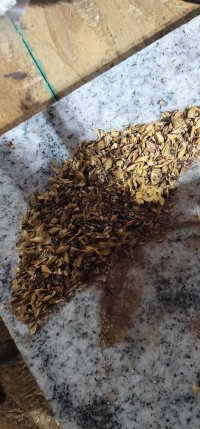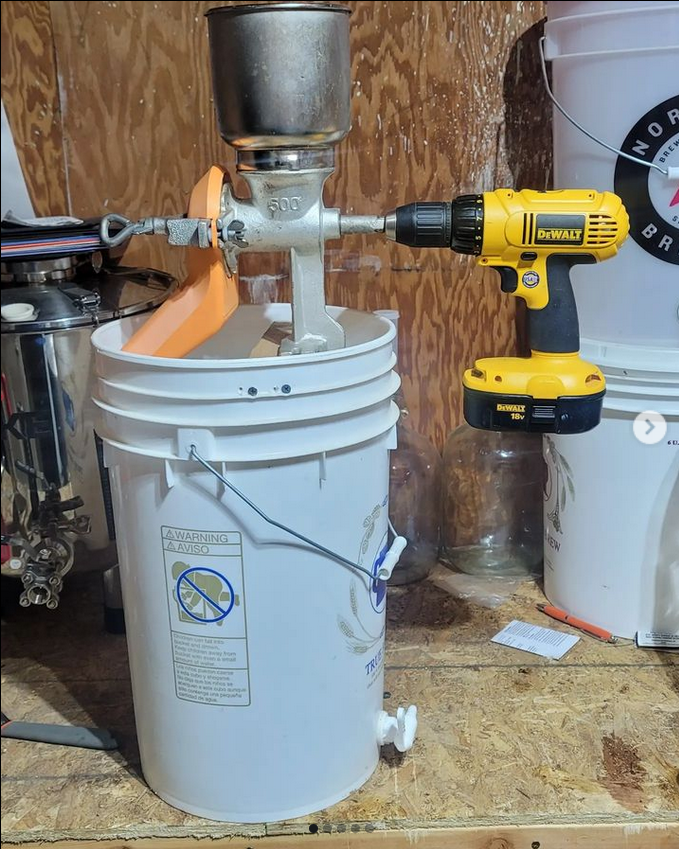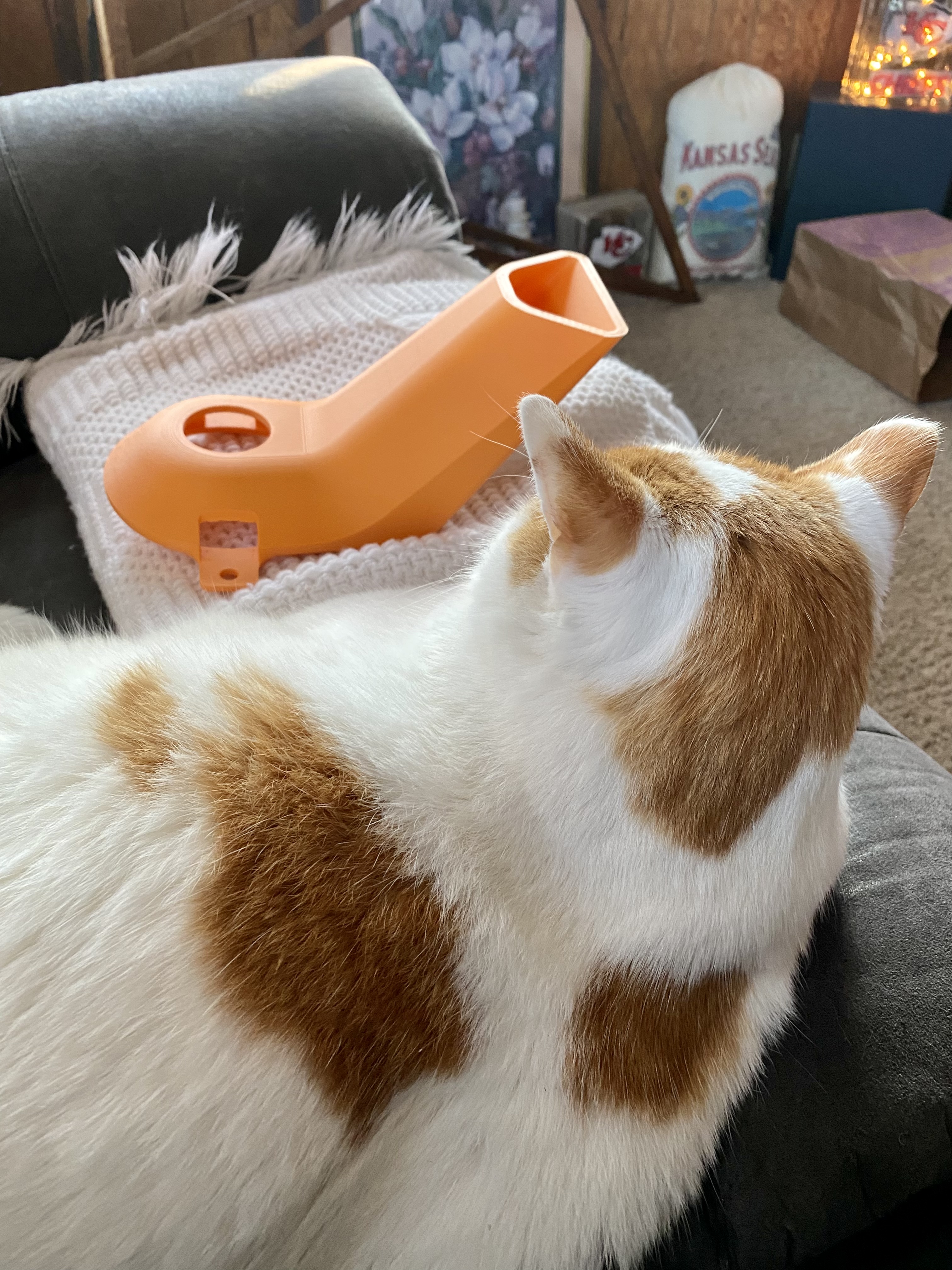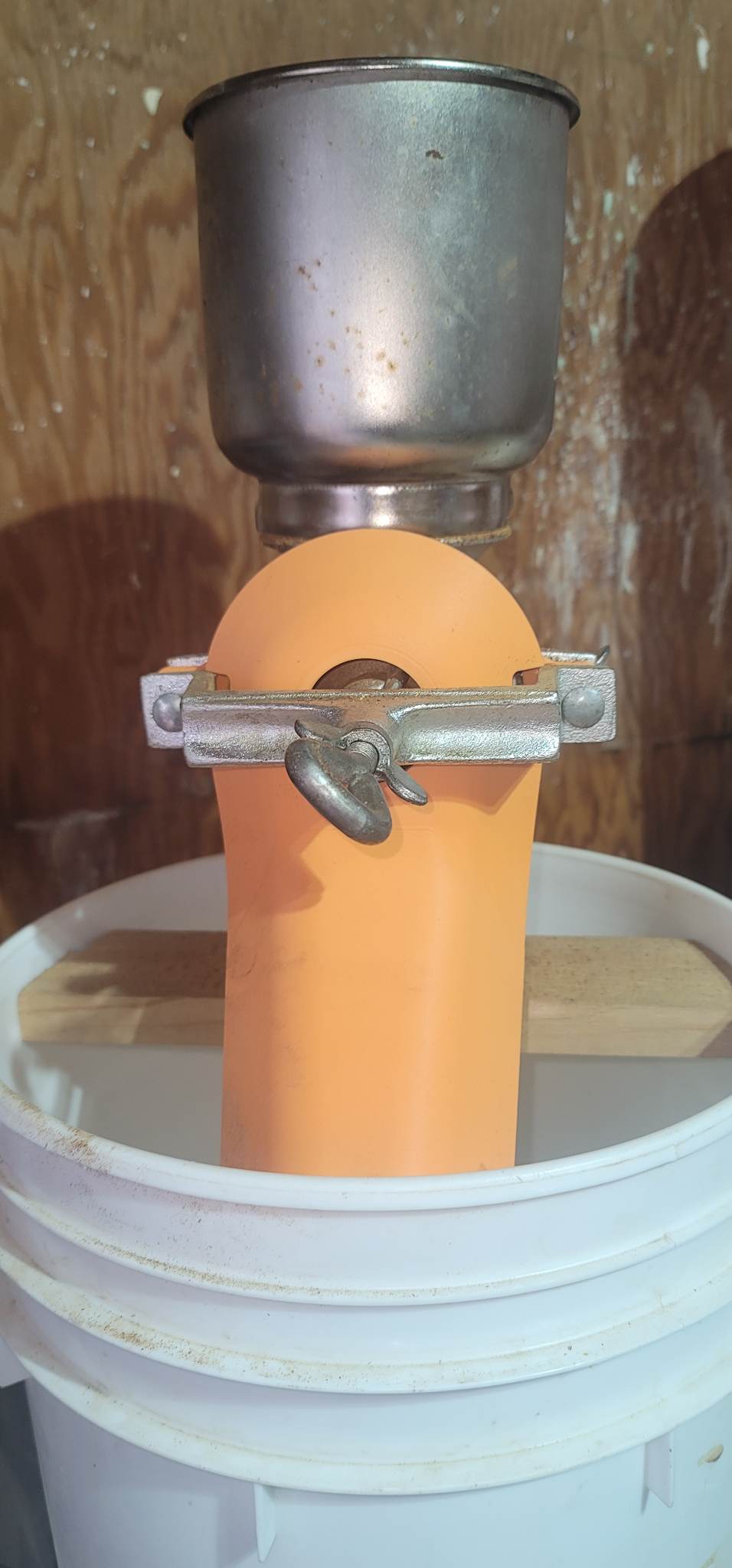- Joined
- Jul 8, 2017
- Messages
- 146
- Reaction score
- 94
So a little backstory. I've always had a 2 or three-roller mill setup. Since the wildfire, I went back to using a stone rolling pin till recently when I was given a corona mill I'm starting to get brews ready for the fair this September and wanted to get it set up so I can get a stout and porter going this weekend as well as testing out a new winter recipe. Having no clue how to set one up I spend a few hours going through all the posts on here. After reading a number of threads on here abput how to set it up. Then spending time cleaning and making a dust cover for it out of a ready-to-eat rice bowl from dollar general. I decided to set it up and test it. I used a stale batch of crushed grain from a Northern brewer kit as my reference and adjusted the mill to what I think matched pretty well. I might tighten it a wee bit more. I plan on adding some nylon washers tomorrow to make the frame firm. I'm rather happy with my results. What do you all think? My plates are currently at .042 at the lower half of the grind plates and .040 at the top. I also plan on making a new hopper for larger grain bills that I have coming up.
I like the bucket setup I saw on here Till I can afford a new 3-roller setup. This will also give me a use for the extra brewing buckets I've been given.
the second pic is .044
third is .042
Last photo is the mill with my home made dustcover.
I crushed some carapils spl I have in a baggy
I like the bucket setup I saw on here Till I can afford a new 3-roller setup. This will also give me a use for the extra brewing buckets I've been given.
The jar is my reference crush from northern brewerthe second pic is .044
third is .042
Last photo is the mill with my home made dustcover.
I crushed some carapils spl I have in a baggy









